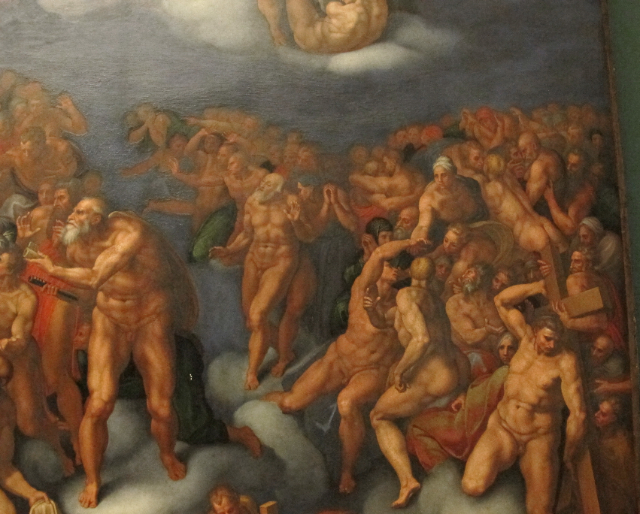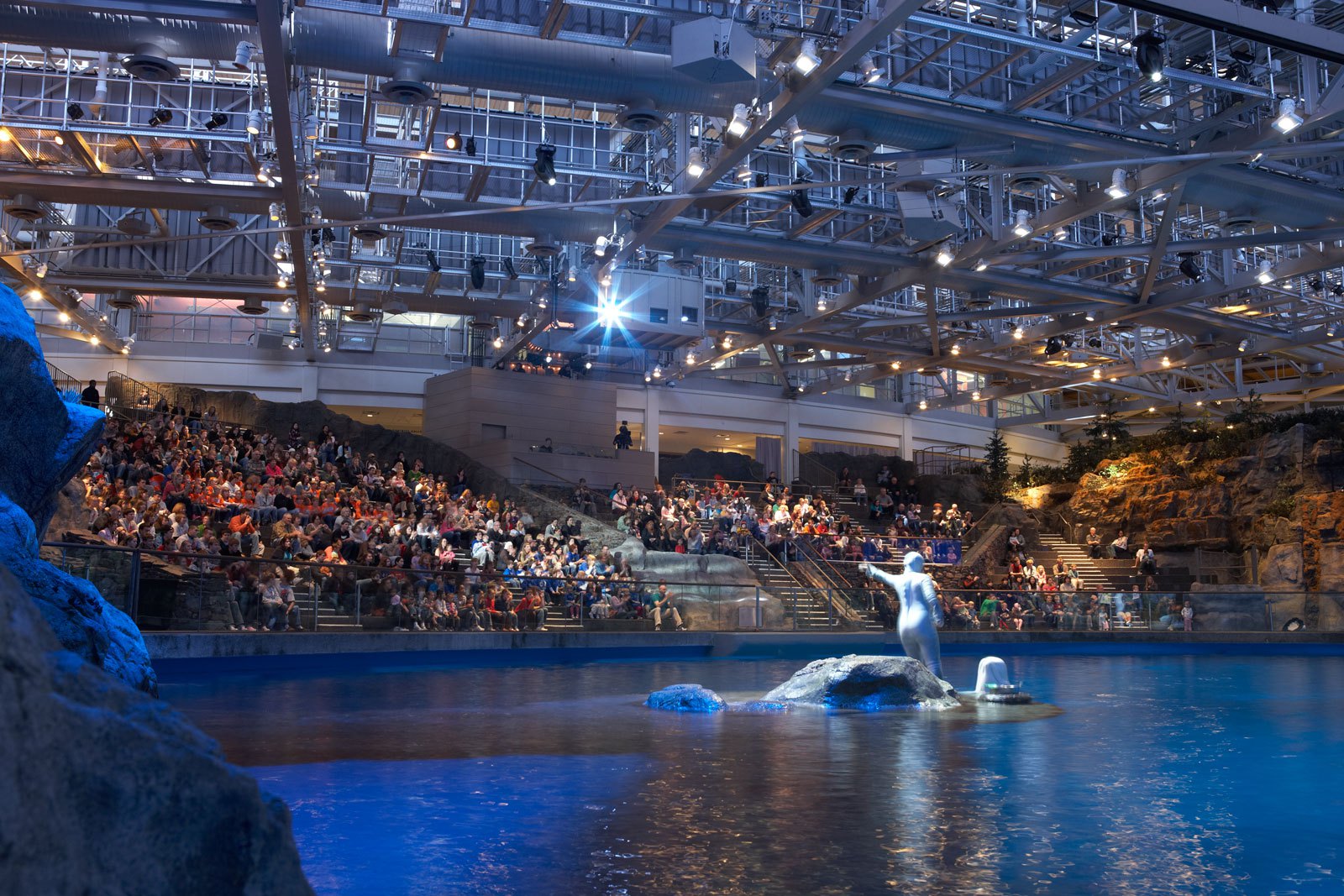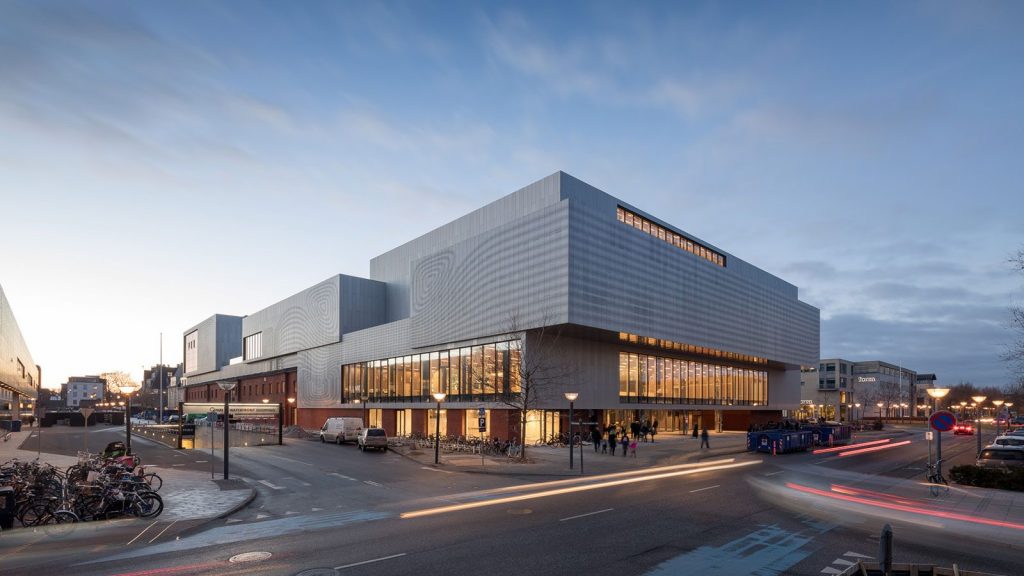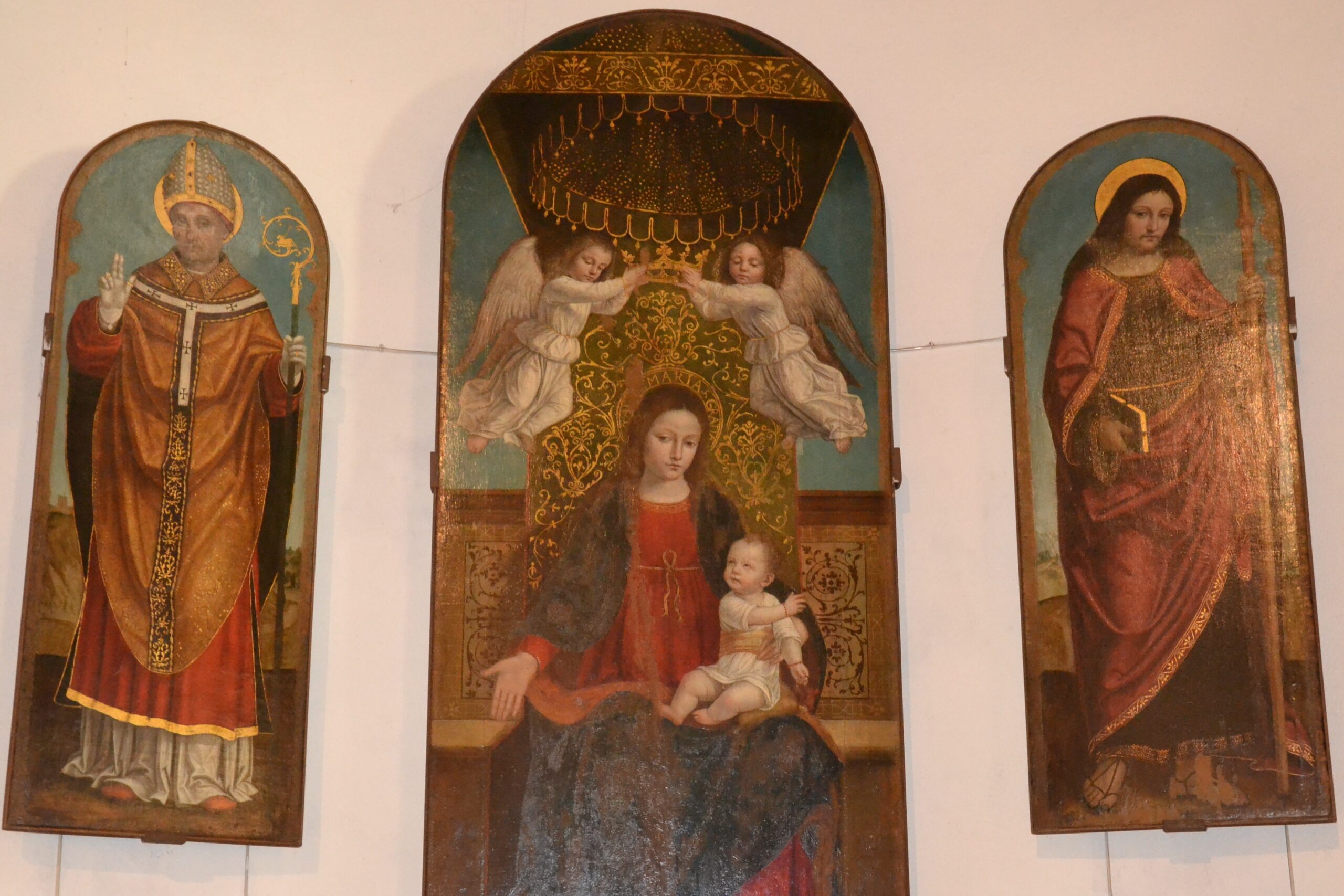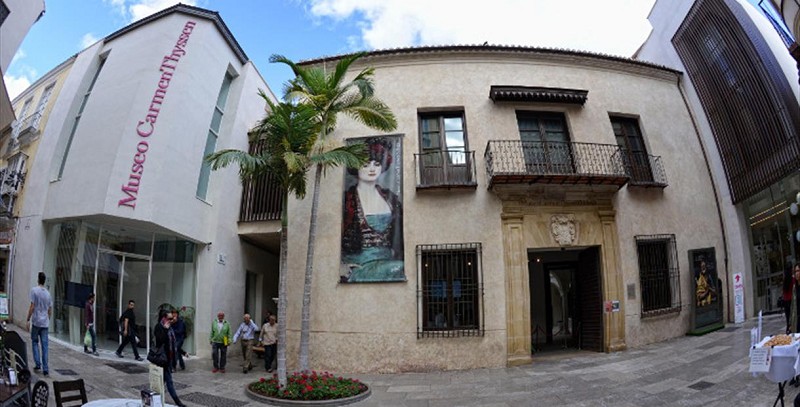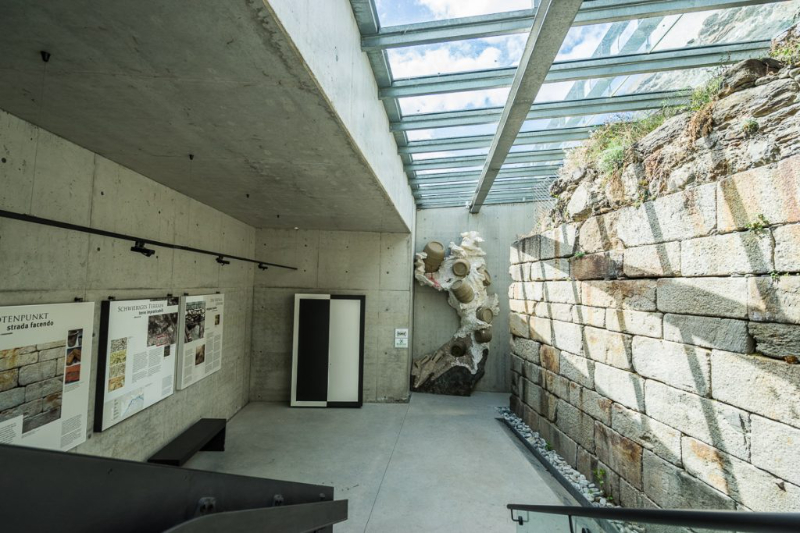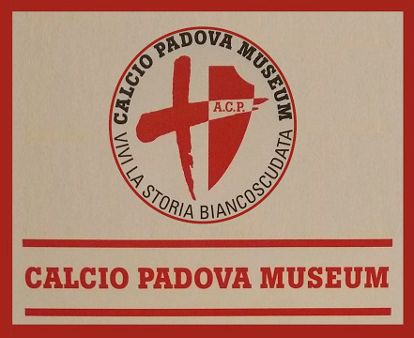The National Gallery of the Reggia di Capodimonte houses a valuable copy of Michelangelo Buonarroti’s famous Last Judgment fresco, painted by Marcello Venusti. This painting is one of the earliest reproductions of Michelangelo’s masterpiece in the Sistine Chapel and is of particular importance because it predates the censorship interventions that the original painting underwent as a result of the criticism and controversy provoked by the depiction of male and female nudes.Indeed, the original painting attracted the attention and fierce criticism of the papal curia, which called it obscene and inappropriate. To quell the protests, the pope ordered the intervention of Daniele di Volterra, who painted tempera veils to cover the parts of the painting that showed the nudes. This intervention earned him the unflattering nickname "braghettone."Venusti’s copy, then, represents a valuable record of the original Last Judgment, free of the censorious changes made later. It also allows us to examine the lower part of Michelangelo’s fresco before it was covered over for the work of superelevating the steps and altar of the Sistine Chapel.The commission for the copy was given to Marcello Venusti by Cardinal Farnese, and it was delivered in 1549. However, Venusti’s copy also underwent some changes from the original: where Michelangelo had painted the prophet Jonah at the top center, Venusti introduced the figure of God the Father and the dove of the Holy Spirit, following the directions of Counter-Reformation iconography.However, these changes raised some concerns about the possible alteration of the meaning of the Last Judgment and the drift toward an inappropriate image of Trinitarian glory.
